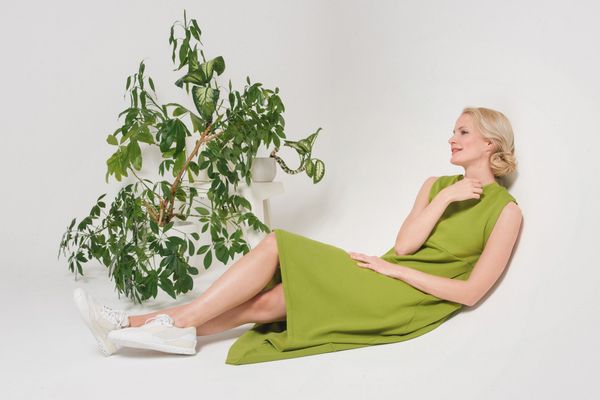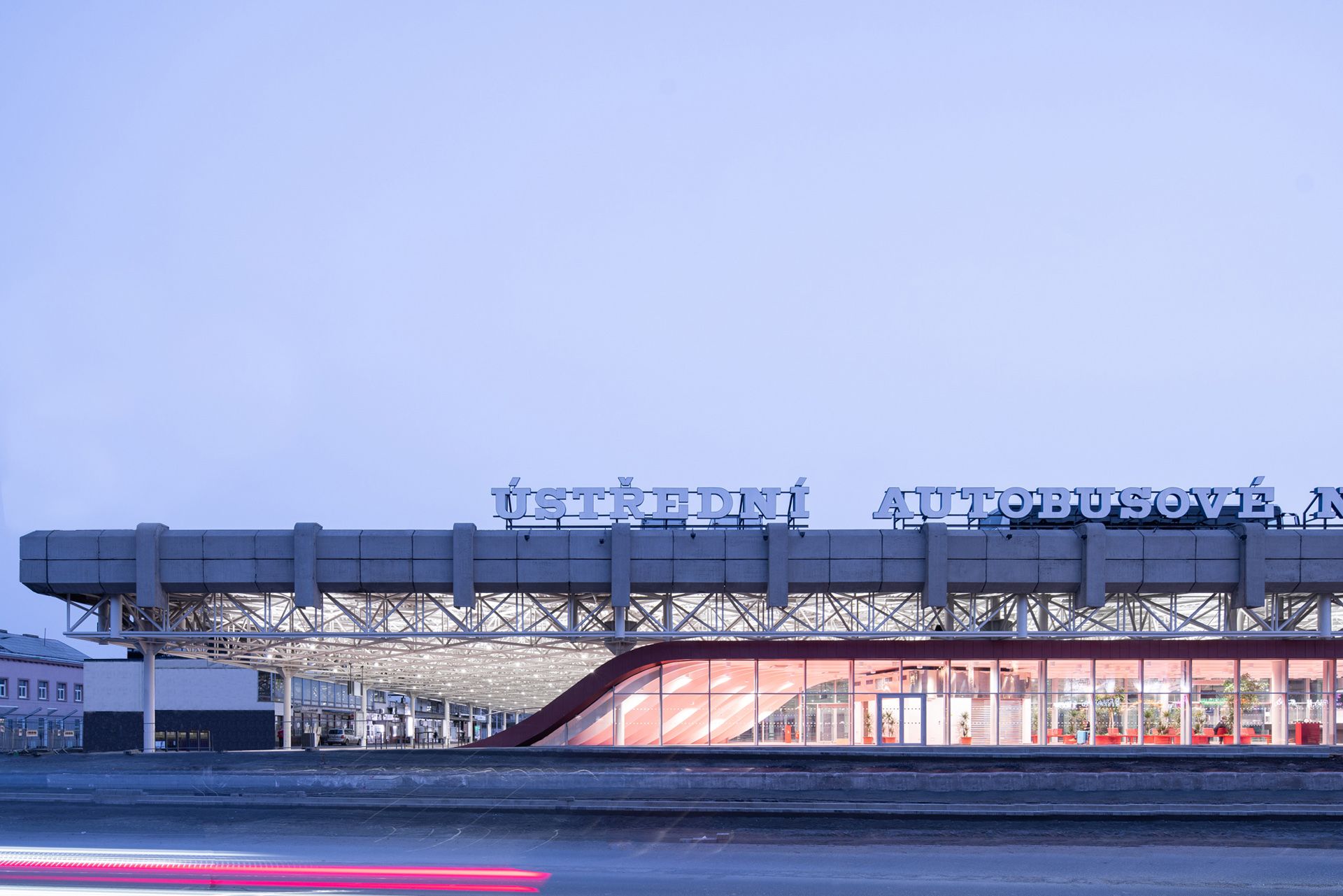The architects of CHYBIK + KRISTOF breathed new life into the building of Brno’s Zvonarka Central Bus Terminal, preserving its brutalist structure.
The Zvornaka Central Bus Terminal, built in 1988, is one of the remarkable examples of the Czech Brutalist architectural heritage, but the building has been increasingly deteriorating over the years. Brutalism, also known as “béton brut”, is one of the most divisive architectural trends: many such buildings have been demolished recently, and a number of those still standing are in danger. The architectural company CHYBIK + KRISTOF launched its renovation plans for the bus station in 2011, thus strengthening its commitment to preserving architectural heritage.
“Demolitions are a global issue,” highlighted Michal Kristof, co-founder architect of CHYBIK + KRISTOF. “Our role as architects is to engage in these conversations and demonstrate that we no longer operate from a blank page. We need to consider and also work from existing architecture—and gradually shift the conversation from creation to transformation,” he added.
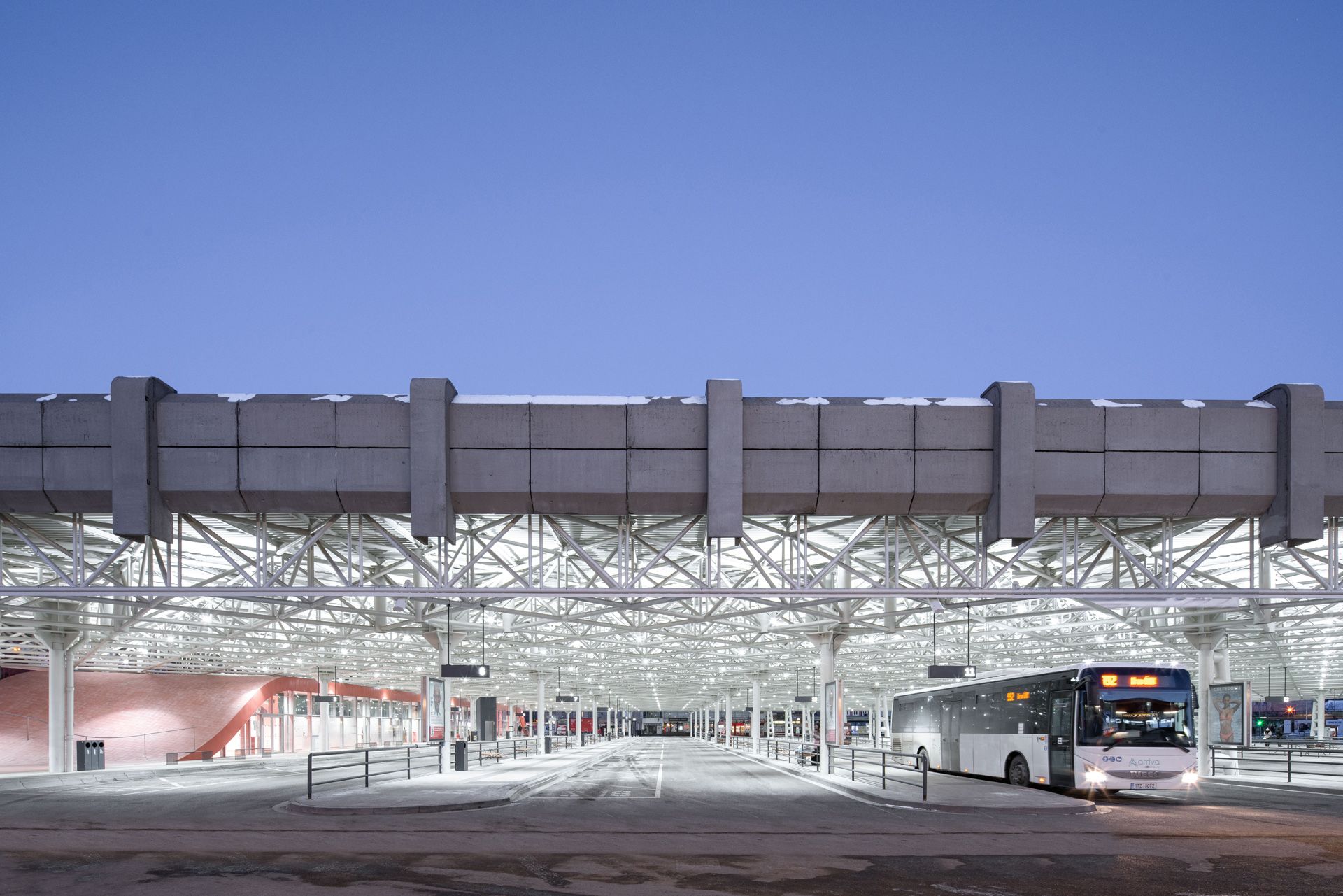
During the planning process, preserving the original identity of the building and transforming it into a functional unit were both important aspects. In addition to preserving the original structure, the architects of CHYBIK + KRISTOF also tried to make the building more modern to meet current social needs.
The renewed structure is based on transparency, which highlights the exposed ceiling structure. Paying homage to the original architect Radúz Russ, the designers kept the distinctive concrete elements, and they’ve transformed the original squared floor plan into an open space without walls, which emphasizes easy accessibility and a feeling of greater safety. The worn structures were given a new perspective, and the station gained functions such as an information office, ticketing and waiting areas, platforms, and an orientation system accessible to the disabled.
With this arrangement, the architects of CHYBIK + KRISTOF have revamped the building into a dynamic, functional and communal space that ensures the free movement of locals and those passing through.

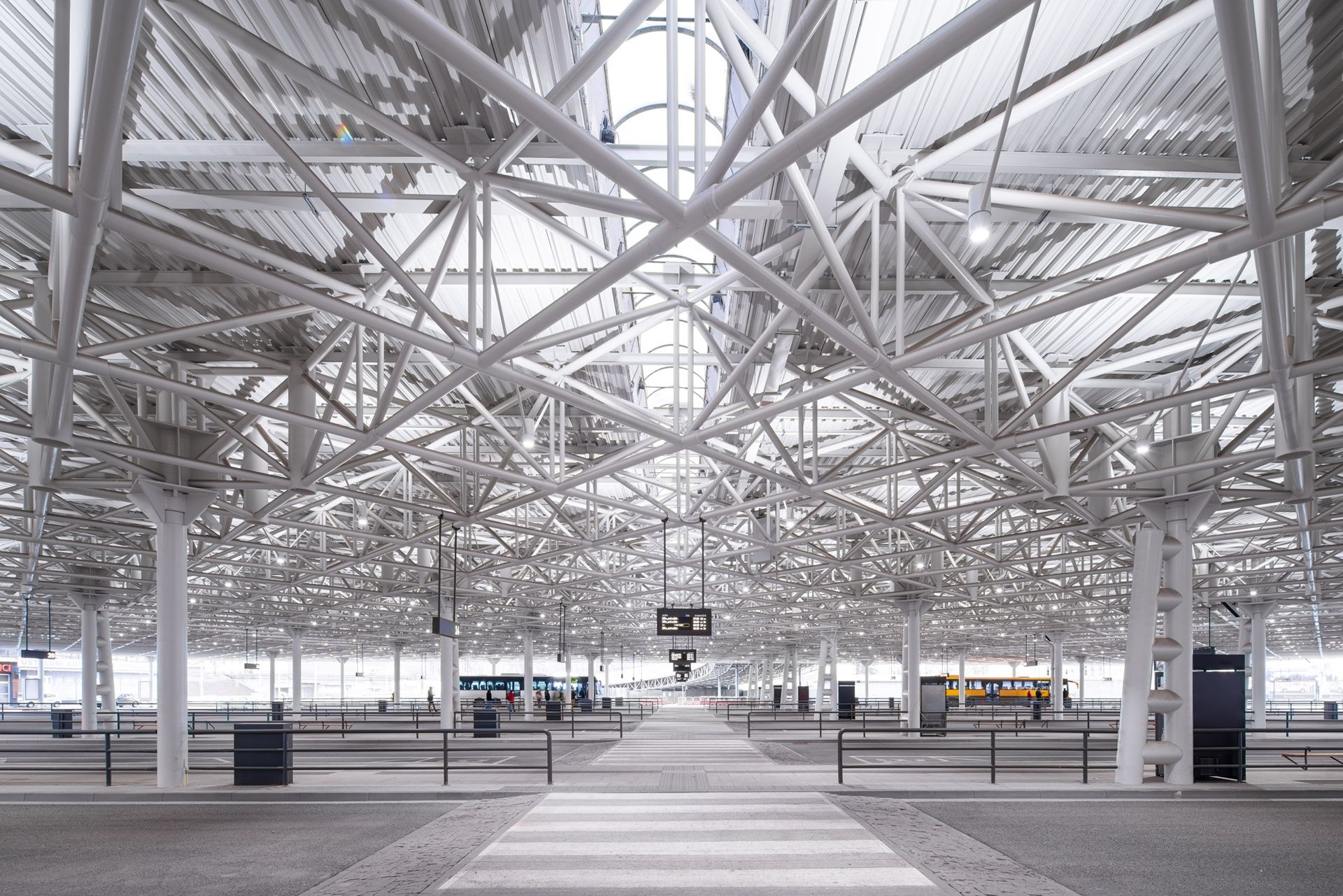
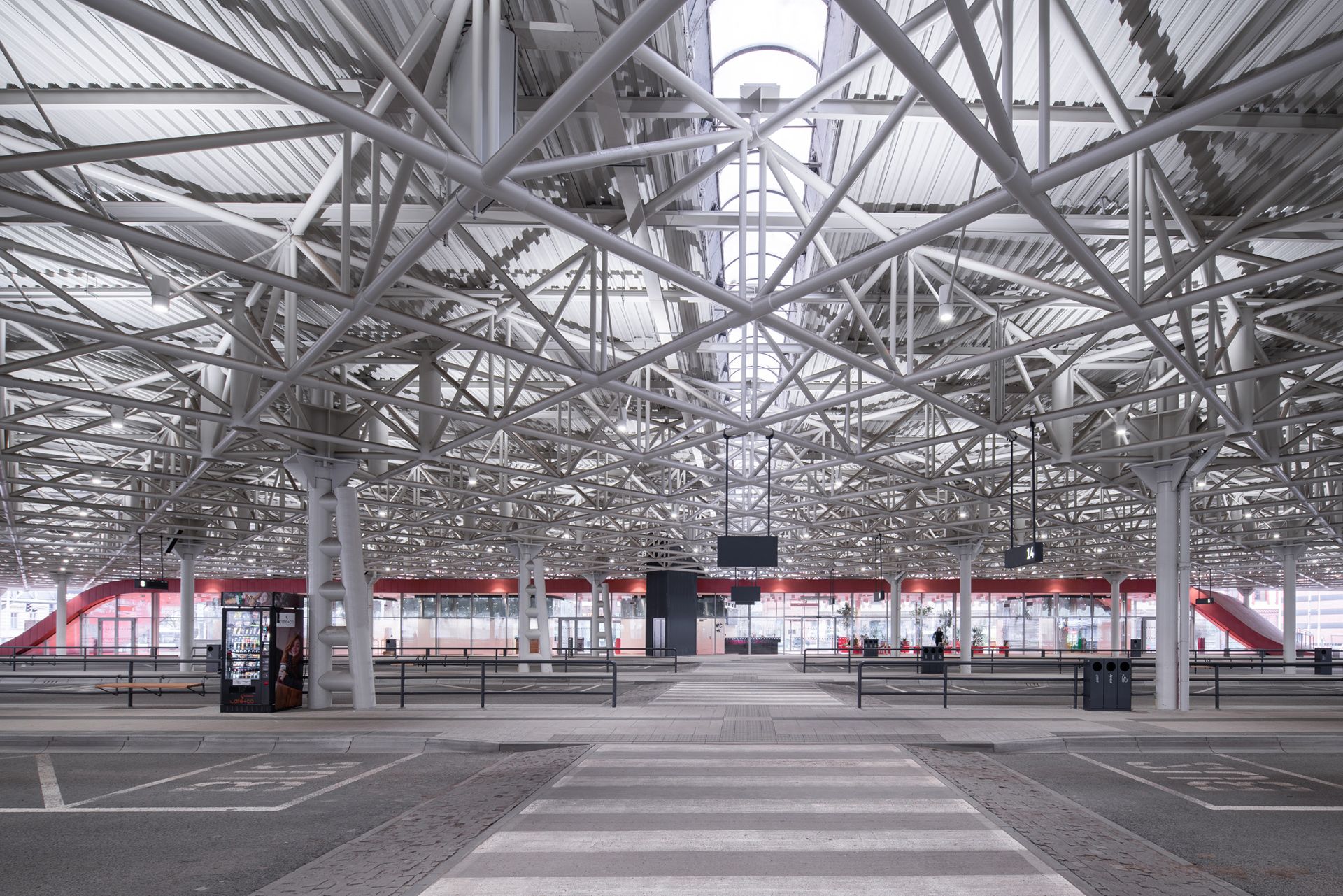
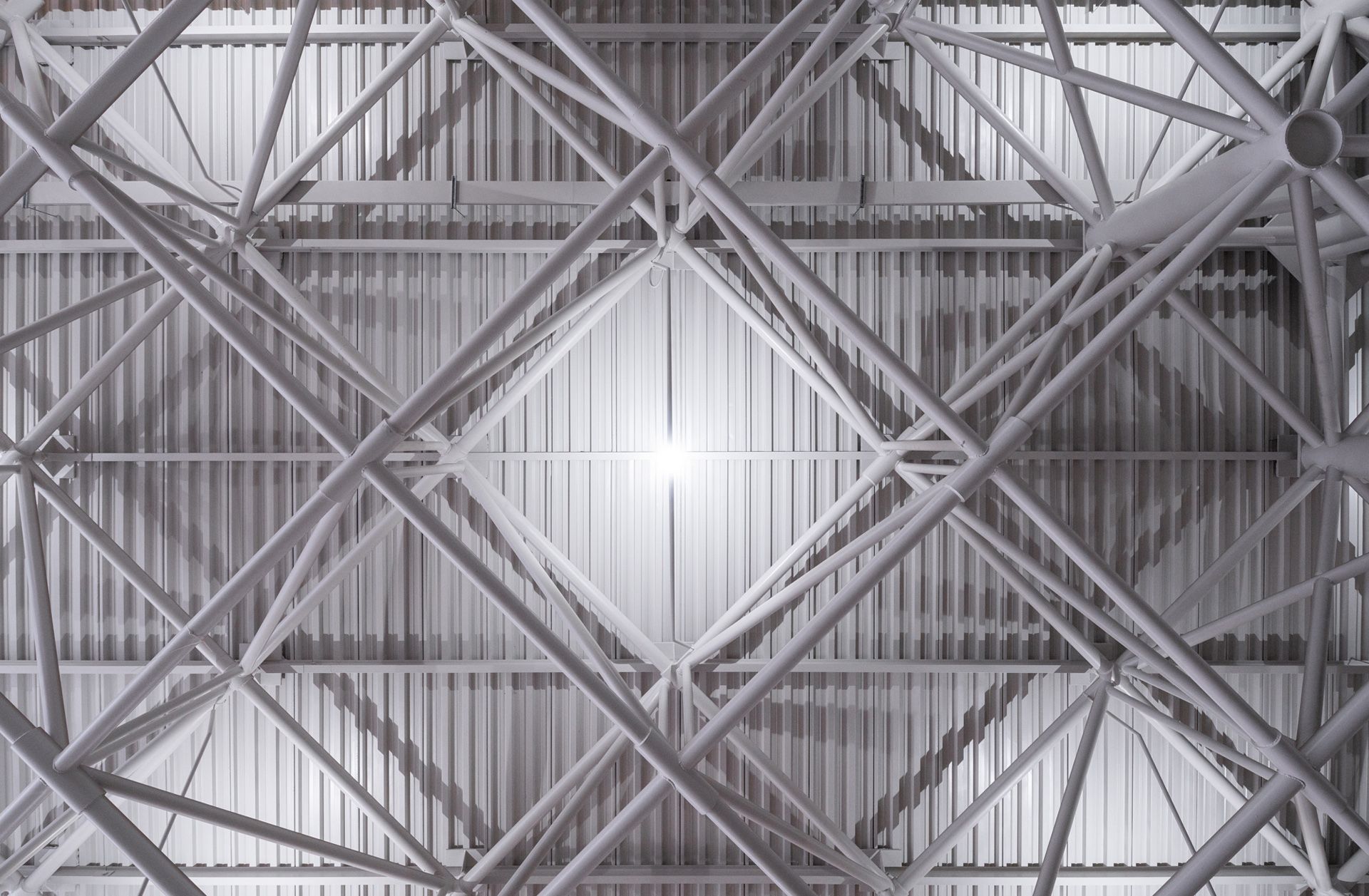
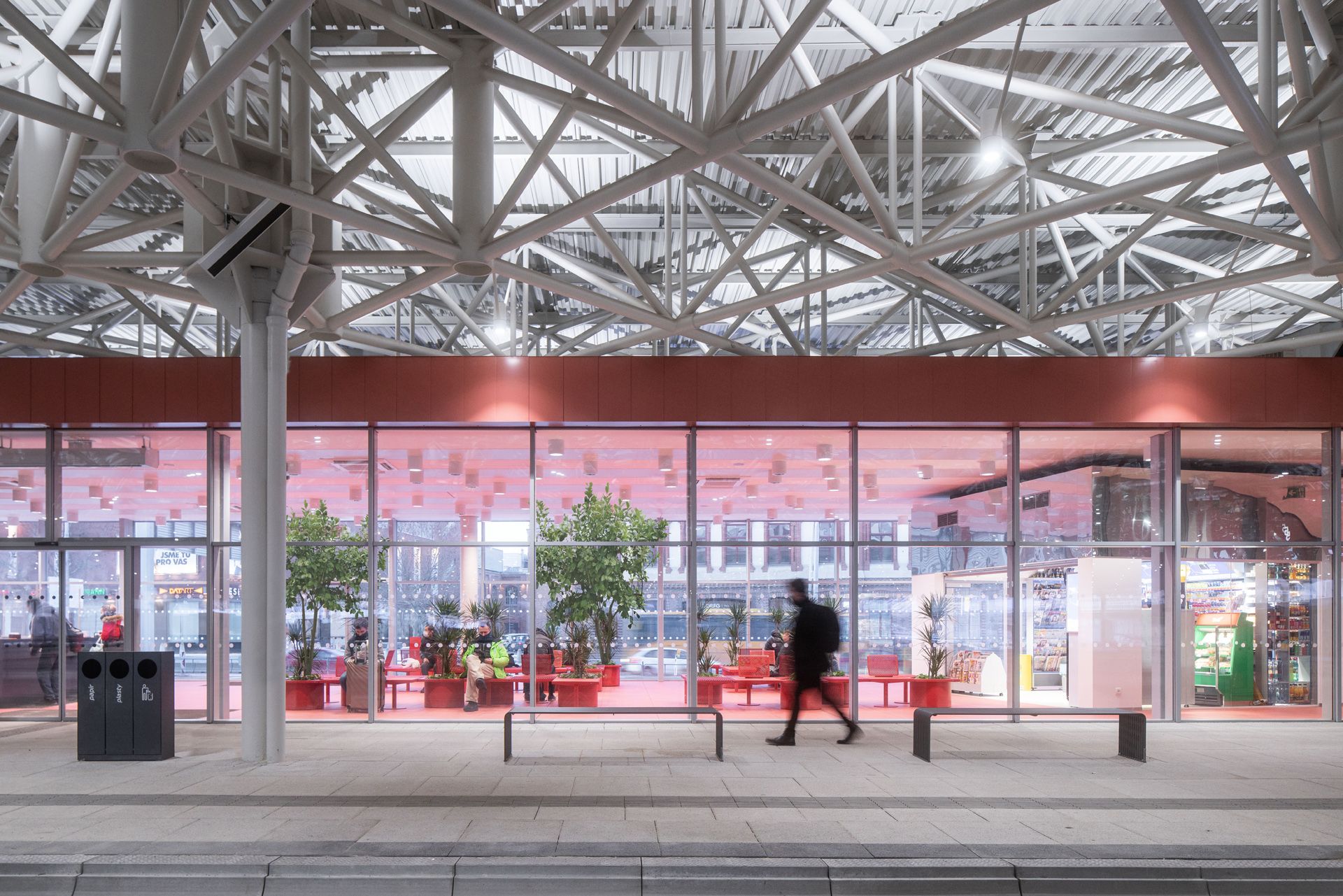
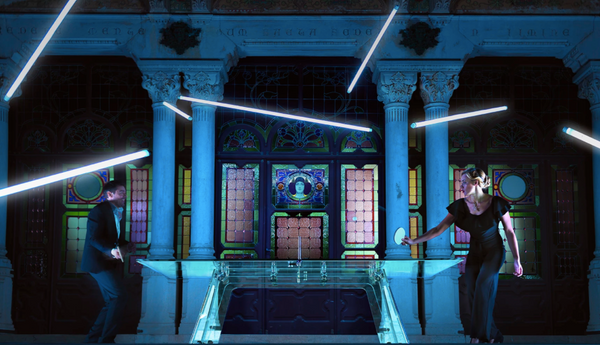
Ping-pong table on the border of sport, design and art | IMPATIA

An iconic Hungarian board game comes to life on tees | DAIGE
